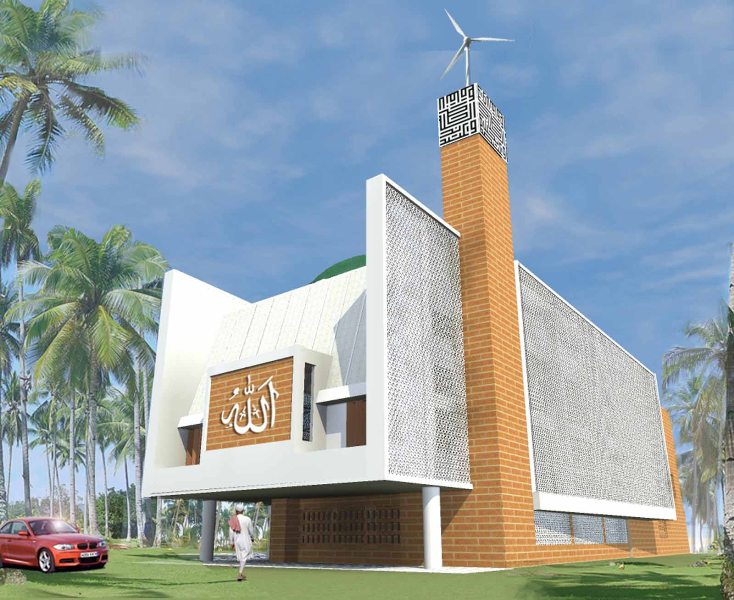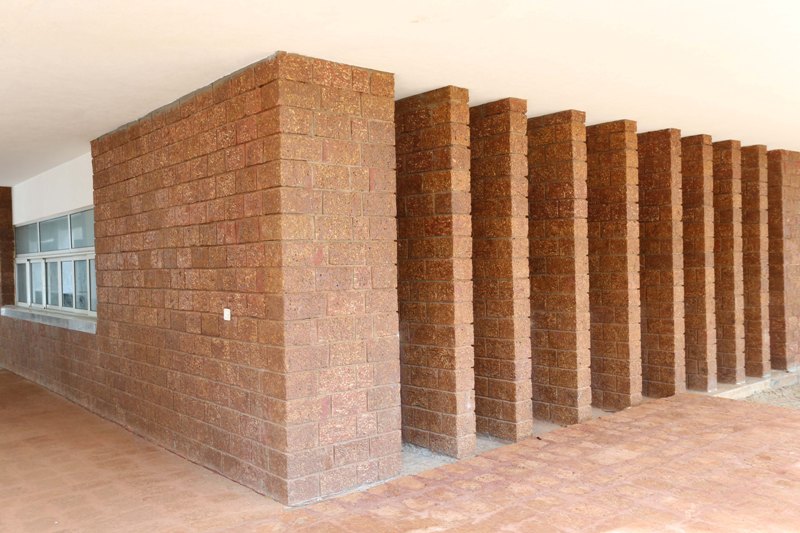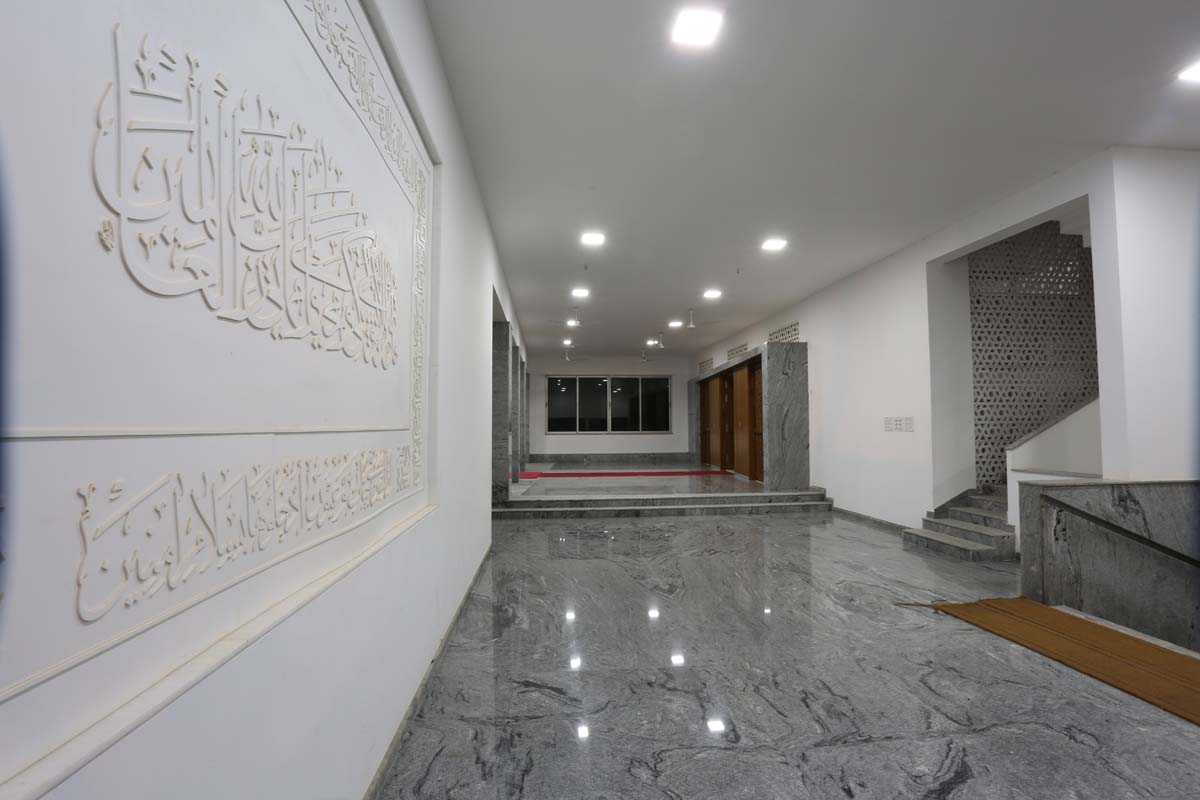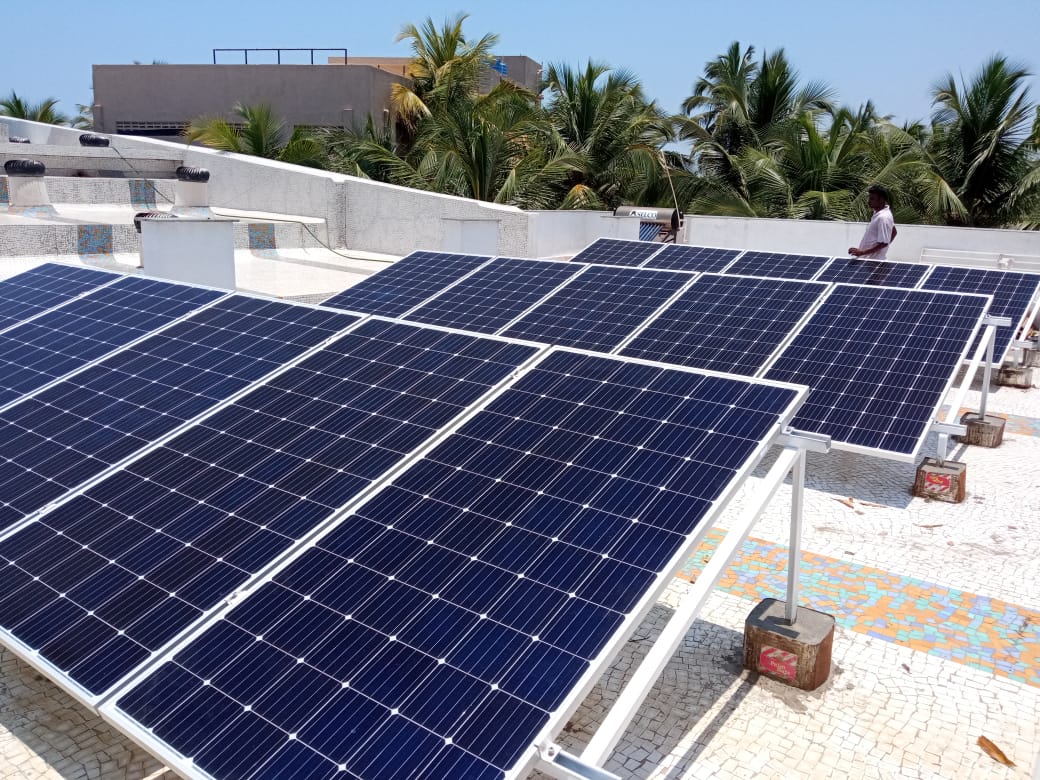Badriya Jum’A Masjid
Kundapur, Karnataka
Summary
| Location | Kundapur, Karnataka |
| Coordinates | 13°36’45.8″N 74°40’19.3″E |
| Occupancy Type | Place of Worship |
| Typology | New Construction |
| Climate Type | Warm and Humid |
| Project Area | 4552 m2 |
| Date of Completion | 2021 |
| Grid Connectivity | Off-grid |
| EPI | 3 kWh/m2/yr |
| Architect | Architecture Paradigm, Bangalore |
| MEP Design Guidance | NOW Architecture, Victoria SAN Consultants and Novel Consultants, Bangalore |
| Developers | Bearys Group |
| Green Building Consultants | Environmental Design Solutions, New Delhi
Abhikaran, Ahmedabad |
The Badriya Jum’A Masjid is the first mosque in the Kodi region of Kundapur, Udupi district. The mosque was re-built in 2016 as an environmentally friendly mosque by implementing measures like Sustainable/Green architecture, Naturally Aspirated/Cooled building, using local construction materials, and integrating renewable energy. The mosque is also the world’s first mosque to receive a Platinum Award in 2016 under the ‘IGBC Green Place of Worship’ rating system. The design follows Islamic architecture, embracing the rich traditions of Islam while exemplifying modern principles of eco-friendly construction. In 2021, the installed on-site Hybrid renewable energy plant was expanded, making it self-sufficient in terms of its own energy needs as well as catering to the electricity needs of the student hostel during grid outages. The mosque was awarded platinum rating under ‘IGBC Net Zero Energy Building’ in 2022.






